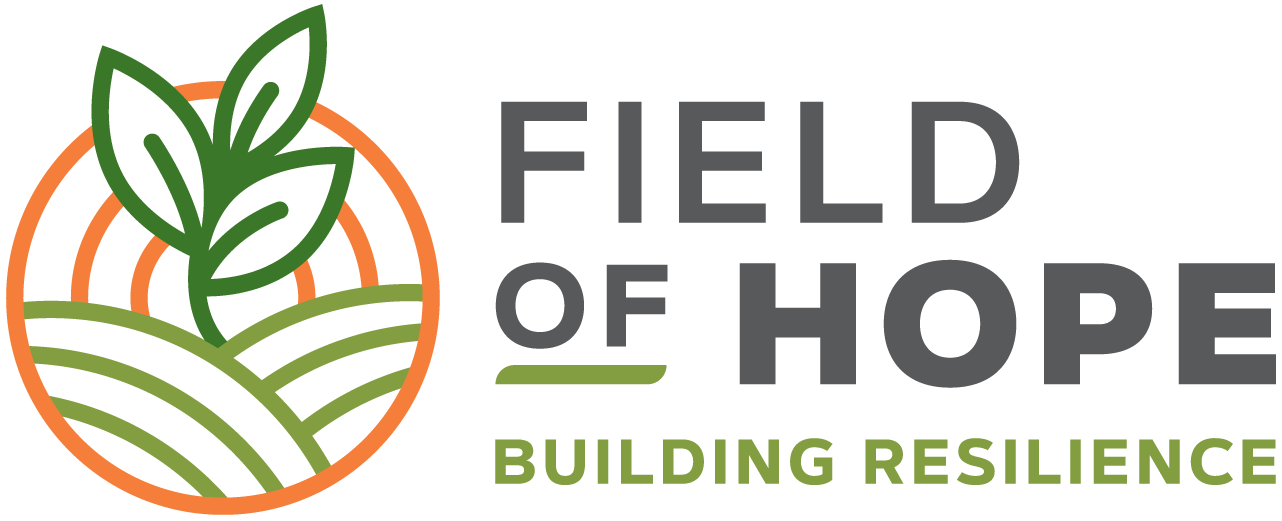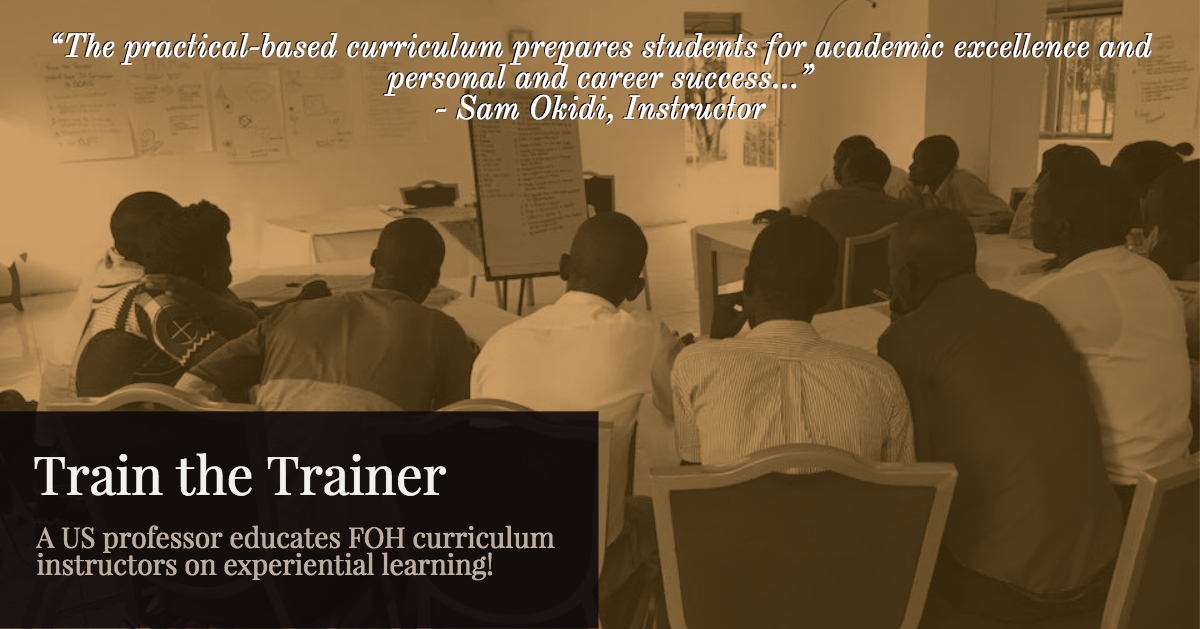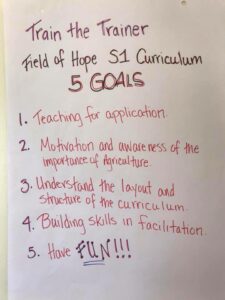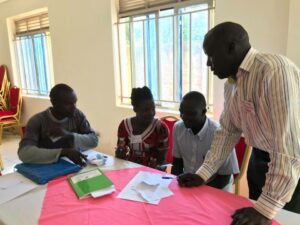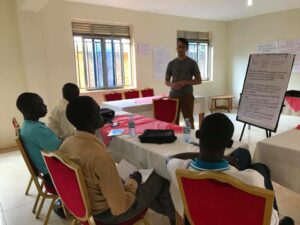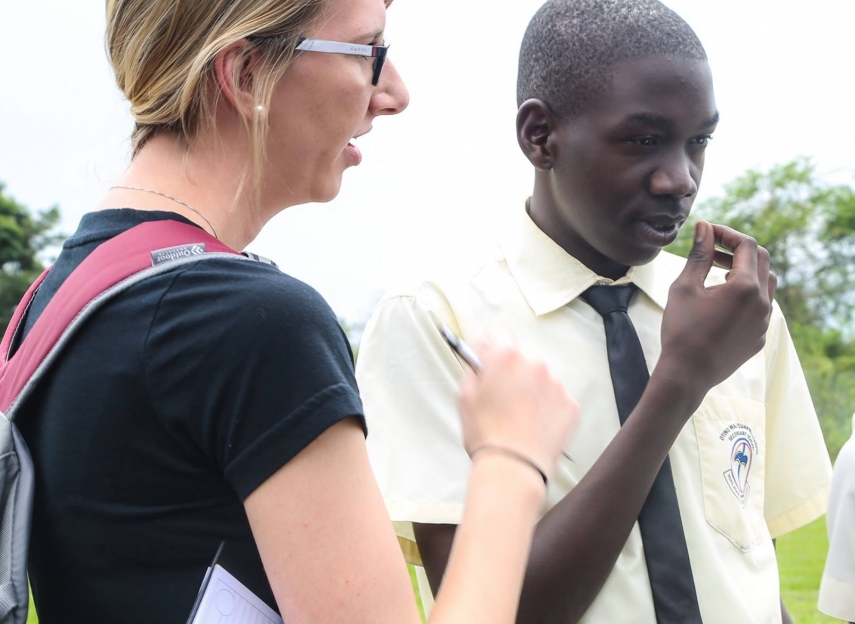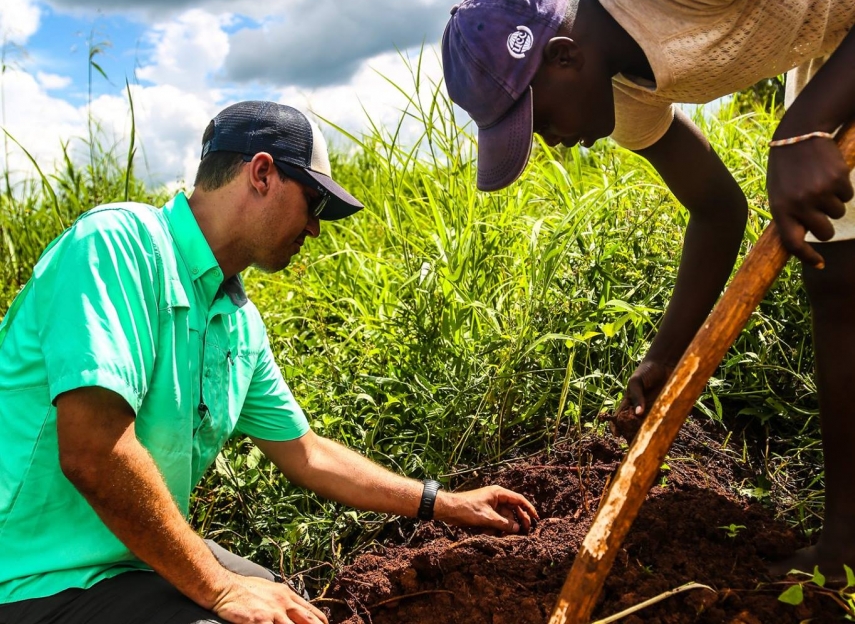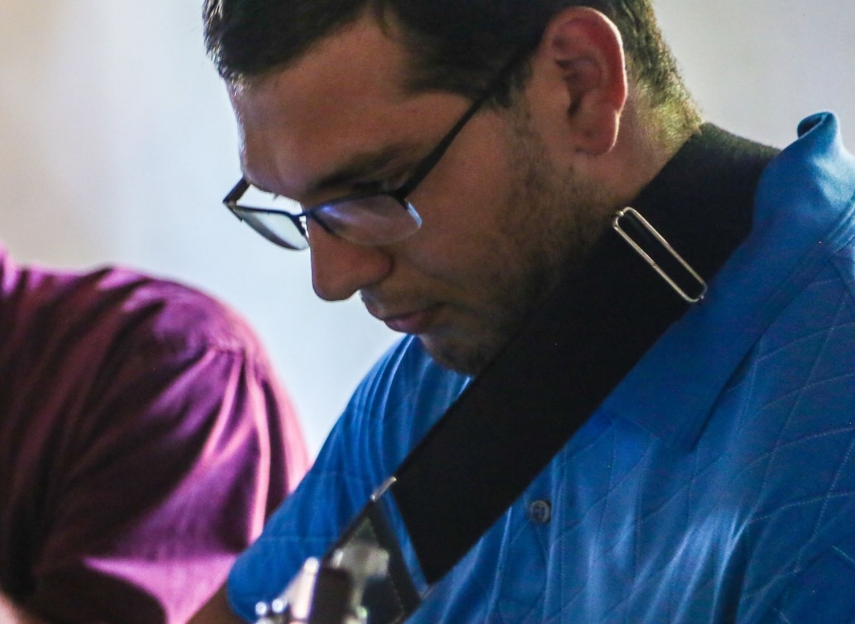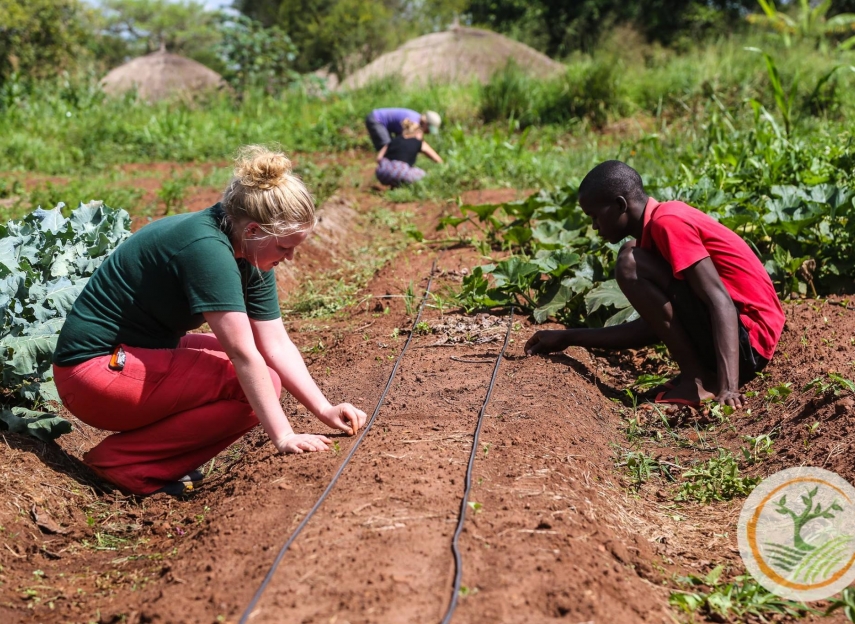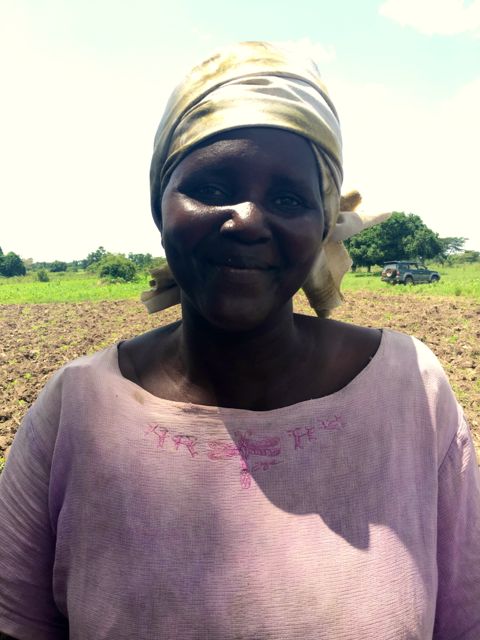“The King will reply, ‘Truly I tell you, whatever you did for one of the least of these brothers and sisters of mine, you did for me.” ~ Matt. 25:40
Raised on a farm in Tobias, Nebraska, Glenn Endorf has led a life of Christ-like service. Meeting his wife, Jan, at synodical school at Concordia University in Seward, NE, the pair went on to teach at the Redeemer Lutheran School in Denver, Colorado, until the Lord called them to return to the family farm and continue the Husker’s tradition of farming.
Christ-like service led Mr. Endorf to contribute financially to others dedicated to loving and serving God’s people –including Field of Hope. Following a conversation with Field of Hope board member Faith Meinzen at a high school reunion, the Endorfs were made aware of Field of Hope and the organization’s involvement with agriculture in both Uganda and India. As Joel Endorf , Glen’s son, said, “Could there be a more fitting organization for a Christian farmer to give? Of course, as a farmer, the most efficient way of giving is to gift grain directly. This allows for more giving and less tax (both self-employment and income tax).”
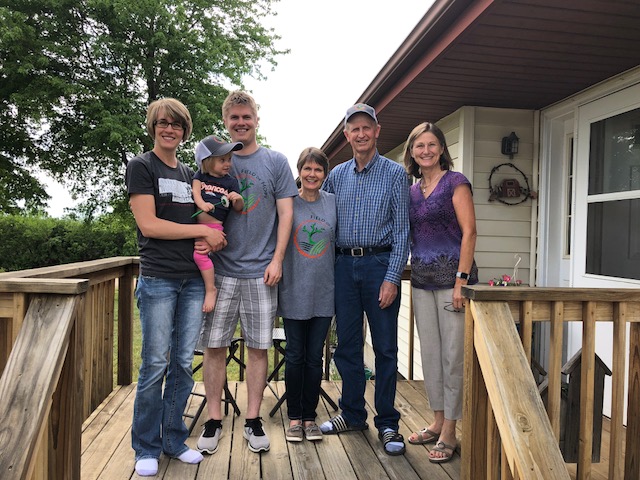
(Endorf family pictured with Faith Meinzen, far right)
In 2017, the Endorf family donated 1,089 bushels of corn and 1,013 bushels of soybeans, totaling a donation of $13,292.98 to directly impact farmers and children in Uganda and India.
“Jan and I have been blessed by God as teachers, farmers, and parents. We have two children, Jamie and Joel, and they both graduated from Concordia University – Seward. Jamie taught for five years, then went to Peru as a missionary and met her husband, Anthony. Joel and wife Sara lead bible studies and are helping with the accounting for Mission of Christ network.
“We are blessed to see our children live their faith. We were motivated by knowing that (Field of Hope) would see to it that our gift would be used wisely. We feel good when we know what our gift is doing for others.”
Joel agrees. To explain his motivation for giving, he explained, “the God of the universe, from Genesis to Revelation, encourages it A LOT.” He continued:
Giving should be the defining characteristic of who we are as Christians. God is so gracious to allow us to be His hands and feet in the world and share what He gives us. He invites us to share in His mission and His joy. To me, it’s the only natural reaction to God’s love for us and His instruction to us. One of my missions in life is to help others understand the joy of giving and the blessing that comes with being a Child of God. As the statistics show, many Christians are missing out on it–to their own detriment. We could see God do so much with our offering to Him. God can turn fishes and loaves into a meal for 5,000. He can take our grain or money offerings of any size and turn it into something greater for His kingdom. There is no greater joy in the world than seeing God do it.
So how does grain donation work? When producers decide to donate a commodity, they must notify the cooperatives or elevators they work with, and the recipient charity must fill out a W9 and create an account with the cooperative branch. The producer delivers the commodity to the cooperative, the commodity is placed on the charity’s account, and the charity receives the money after they sell the commodity!
Joel Endorf was kind enough to write up this specific “how-to” for those interested in supporting a cause via Grain Donation.
- To be eligible, you must be a cash basis active farmer. (Crop share landlords CANNOT gift grain. Their shares of crop are considered rental income and MUST be reported as income on their tax return.)
- By giving grain, the farmer can exclude the sale of the crop from income while deducting the cost of growing the crop. In addition, they will save self-employment tax by reducing income.
- The farmer must give up “dominion and control” of the crop. This means the charity has to have an account at the elevator and the grain is put in their name in their account. Therefore:
- The farmer CANNOT sell the grain themselves and order the proceeds to be sent to charity. This is considered a cash donation since the farmer retained control.
- In addition, the farmer CANNOT provide guidance regarding the sale of the commodity. The charity assumes all risk and storage cost once the grain is delivered to their account and must direct the sale.
- The transaction must be well-documented, showing that the farmer has transferred ownership to the Charity. This means that at delivery, the warehouse receipt will be made with the Charity’s name as the owner.
- There can be no prior sale commitment—meaning it cannot be a forward contract in your name that you transfer to the charity. It must be grain with no previous sale commitment
Steps to the Grain Giving Process
- Call the charity and let them know you plan to give them grain. Make sure the charity has an account at the elevator. This can usually be done by having the charity complete a W-9 to send to the elevator
- Deliver the grain to the elevator and be CERTAIN the elevator knows that the warehouse receipt needs to be made in the name of the charity. Remember, you CANNOT have it be made to you and the check made out to charity. That is a cash donation. The grain is your gift.
- Notify the charity that it has been delivered and that the charity should be receiving a receipt from the elevator. Let them know the ball is in their court to sell, now that they are the owners. The charity must direct the sale of the grain for cash proceeds.
- The charity should send a donor acknowledgement letter to the farmer for the bushels received. This is the farmer’s proof of gift.
- The farmer is able to deduct growing costs—but, of course, does not receive any income from the donated bushels. There is no need to report this anywhere else because it is already excluded from income.
Example of tax savings: Say you give 2,000 bushels of corn to a church, and they sell it for $3.00 a bushel, for $6,000. If a farmer is in the 22% bracket, they will save $1,320 in federal income tax, plus some state income tax. The additional benefit that makes grain giving better than a cash donation is the self-employment tax savings. $6000 x 15.3% = $918. So, the farmer saves an additional $918 in tax by giving grain as opposed to cash. In addition, giving grain lowers AGI which may make a farmer eligible for other beneficial tax credits. Also, if the farmer was unable to itemize, this is the ONLY way to make their giving deductible. In this example, the tax savings is $2238 on a $6000 gift, plus any state income tax savings.
